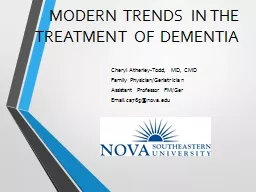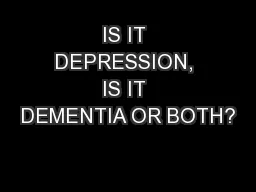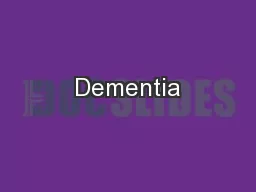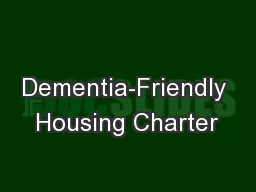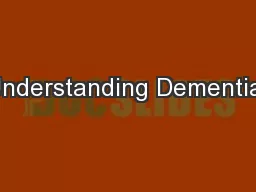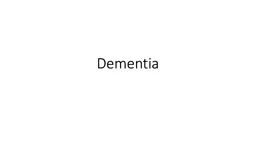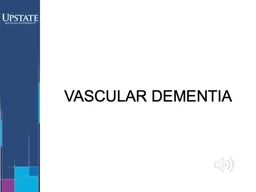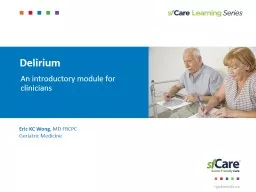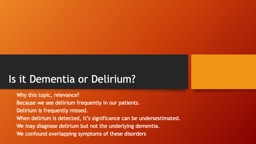PPT-MODERN TRENDS IN THE TREATMENT OF DEMENTIA
Author : welnews | Published Date : 2020-06-23
Cheryl Atherley Todd MD CMD Family PhysicianGeriatrician Assistant Professor FM Ger Emailca765novaedu Definition According to DSM5 released in 2013 the criteria
Presentation Embed Code
Download Presentation
Download Presentation The PPT/PDF document "MODERN TRENDS IN THE TREATMENT OF DEMENT..." is the property of its rightful owner. Permission is granted to download and print the materials on this website for personal, non-commercial use only, and to display it on your personal computer provided you do not modify the materials and that you retain all copyright notices contained in the materials. By downloading content from our website, you accept the terms of this agreement.
MODERN TRENDS IN THE TREATMENT OF DEMENTIA: Transcript
Download Rules Of Document
"MODERN TRENDS IN THE TREATMENT OF DEMENTIA"The content belongs to its owner. You may download and print it for personal use, without modification, and keep all copyright notices. By downloading, you agree to these terms.
Related Documents

